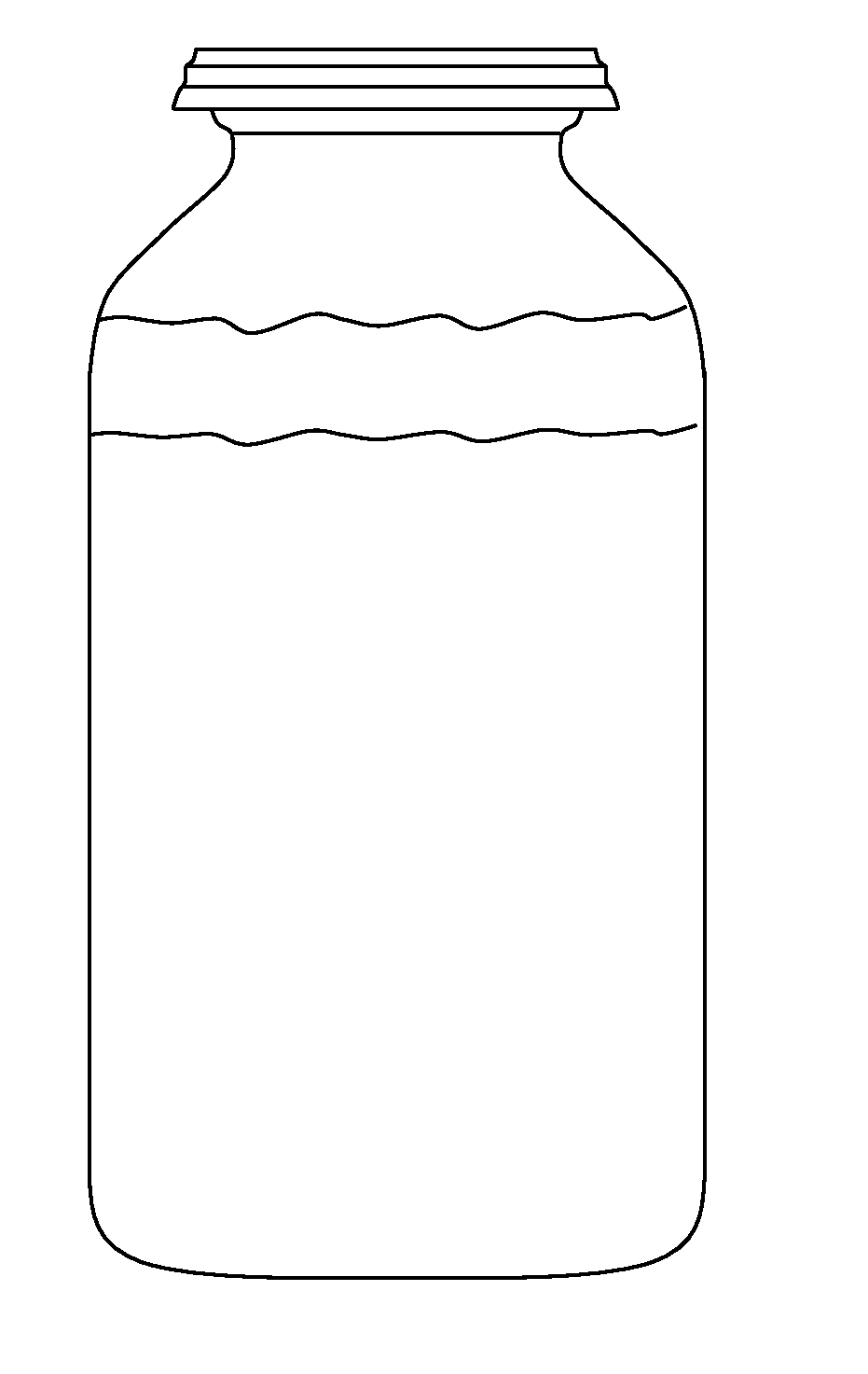Methods for decreasing the incidence of necrotizing enterocolitis, colic, and short bowel syndrome in an infant, toddler, or child
a technology of necrotizing enterocolitis and colic, which is applied in the field of nutritional products, can solve the problems of small percentage of infant formula fed newborns experiencing gastrointestinal (gi) intolerance problems, not every mother can successfully breastfeed, and not every infant can achieve the effect of successfully breastfeeding, reducing the incidence of necrotizing enterocolitis, and reducing the incidence of coli
- Summary
- Abstract
- Description
- Claims
- Application Information
AI Technical Summary
Benefits of technology
Problems solved by technology
Method used
Image
Examples
examples
[0128]The following examples illustrate specific embodiments and / or features of the nutritional products of the present disclosure. The examples are given solely for the purpose of illustration and are not to be construed as limitations of the present disclosure, as many variations thereof are possible without departing from the spirit and scope of the disclosure. All exemplified amounts are weight percentages based upon the total weight of the composition, unless otherwise specified.
[0129]The exemplified compositions are shelf stable nutritional products prepared in accordance with the manufacturing methods described herein, such that each exemplified product, unless otherwise specified, includes an aseptically processed embodiment and a retort packaged embodiment.
[0130]The nutritional liquid embodiments are aqueous oil-in-water emulsions that are packaged in 240 ml plastic containers and remain physically stable for 12-18 months after formulation / packaging at storage temperatures ...
examples 1-4
[0131]Examples 1-4 illustrate lactose-free infant nutritional emulsions of the present disclosure, the ingredients of which are listed in the Table below. All ingredient amounts are listed as kilogram per 1000 kilogram batch of product, unless otherwise specified.
IngredientExample 1Example 2Example 3Example 4WaterQ.SQ.S.Q.S.Q.S.Maltodextrin5343.35060Sucrose16.52519.216.38Milk Protein15.6515.6515.6515.65isolateCorn Oil12121212High Oleic10101010Safflower OilMonoglycerol10987PalmitateC10-C24 fatty acid6.0789calcium saltCoconut oil2222Fungal oil0.30.30.30.3Lecithin0.10.10.10.1Potassium0.960.960.960.96phosphate dibasicPotassium chloride0.30.30.30.3Ascorbic Acid0.2350.2350.2350.235Carrageenan0.1500.1500.1500.150Potassium0.1360.1360.1360.136HydroxideTM / UTM Premix0.16840.16840.16840.1684Vitamin A, D, E0.07580.07580.07580.0758PremixWater sol. Vitamin0.07280.07280.07280.0728premixPotassium Iodide0.000220.000220.000220.00022Chromium0.0002170.0002170.0002170.000217Chloride
examples 5-8
[0132]Examples 5-8 illustrate lactose-based nutritional emulsions of the present disclosure, the ingredients of which are listed in the Table below. All ingredient amounts are listed as kg per 1000 kg batch of product, unless otherwise specified.
IngredientExample 5Example 6Example 7Example 8WaterQ.SQ.S.Q.S.Q.S.Lactose58667163Non-fat Dry Milk2510016Whey Protein6.4131810.5ConcentrateHigh Oleic Safflower Oil14141414Coconut Oil6.26.26.26.2Monoglycerol Palmitate10864C10-C24 Fatty Acids5.57.59.511.5Fructooligosaccharides / 9999Galacto-oligosaccharidesFungal Oil0.30.30.30.3Potassium Phosphate0.960.960.960.96DibasicCalcium Hydroxide0.781.071.361.64Potassium Chloride0.30.30.30.3Ascorbic Acid0.2350.2350.2350.235Carrageenan0.1500.1500.1500.150Potassium Hydroxide0.1360.1360.1360.136TM / UTM Premix0.16840.16840.16840.1684Vitamin A, D, E Premix0.07580.07580.07580.0758Water sol. Vitamin0.07280.07280.07280.0728PremixPotassium Iodide0.000220.000220.000220.00022Chromium Chloride0.0002170.0002170.0002170....
PUM
| Property | Measurement | Unit |
|---|---|---|
| density | aaaaa | aaaaa |
| density | aaaaa | aaaaa |
| density | aaaaa | aaaaa |
Abstract
Description
Claims
Application Information
 Login to View More
Login to View More - R&D
- Intellectual Property
- Life Sciences
- Materials
- Tech Scout
- Unparalleled Data Quality
- Higher Quality Content
- 60% Fewer Hallucinations
Browse by: Latest US Patents, China's latest patents, Technical Efficacy Thesaurus, Application Domain, Technology Topic, Popular Technical Reports.
© 2025 PatSnap. All rights reserved.Legal|Privacy policy|Modern Slavery Act Transparency Statement|Sitemap|About US| Contact US: help@patsnap.com



